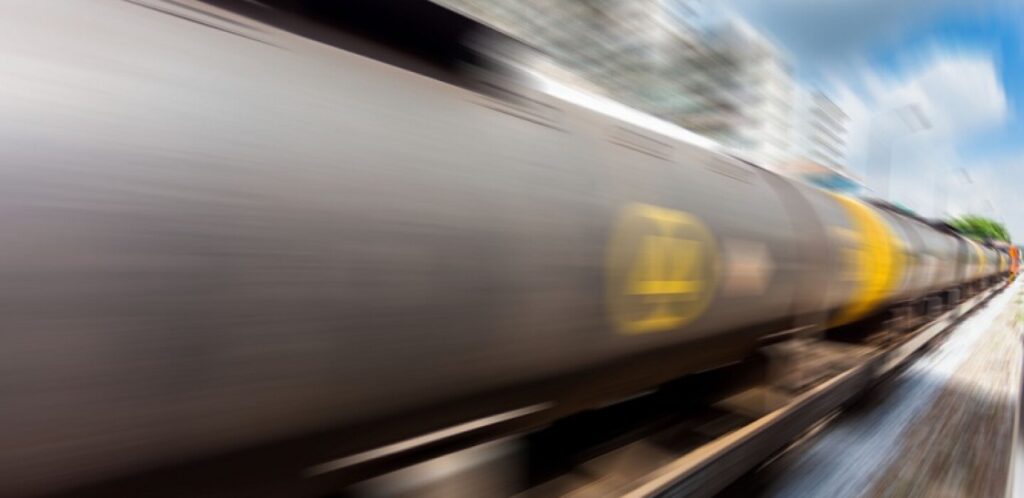(TNS) — 2 1/2 hours. This is how quickly you can travel from Chicago to St. Louis using new high-speed rail infrastructure.
This could cut journey times by almost half from current levels, potentially saving millions of passengers something money can't buy: time.
For the first time in decades, there is real opportunity and hunger for investment in high-speed rail projects. It's happening all over the United States, from Los Angeles to Miami.
In other parts of the United States, high-speed rail infrastructure projects are already bearing fruit. Earlier this spring, construction began on the Brightline West high-speed rail project. Once completed, Brightline West will be the first bullet train to operate in the United States, connecting Las Vegas and Southern California with 300 mph trains by 2028.
The Midwest has numerous major cities, all within a day's drive, providing an excellent geographic canvas for building an effective passenger rail network. This network can connect people and economies in a safe, efficient and environmentally friendly way.
To achieve this, we need to take steps now to invest in the high-speed rail of the future while improving our current passenger rail network.
Fortunately, Illinois has already laid the foundation. In 2021, Governor JB Pritzker wisely created the first-of-its-kind Illinois High-Speed Rail Commission to lead the way for states and localities to plan for the future of high-speed rail.
Each year, the commission examines what high-speed rail would look like in Illinois and what steps need to be taken to get there, and submits a report to the governor and General Assembly. It is scheduled to be published. The commission's work and the investments it requires will provide the foundation needed to ensure Illinois and the Midwest have a high-speed rail network in the years to come.
While that planning work is taking place, steps should be taken to improve the current passenger rail system. This will require a significant investment in Chicago's Union Station.
Last year, the Illinois Congressional Delegation, Mr. Pritzker, Mayor Brandon Johnson, and other public and private stakeholders helped secure $93.6 million from the Department of Transportation to invest in Union Station. The funding will be used to renovate and expand the platform, bringing it into compliance with Americans with Disabilities Act standards and improving ventilation systems and air quality for the approximately 120,000 Amtrak and Metra passengers each week.
Additionally, my role as the ranking Democrat on the appropriations subcommittee that funds the Department of Transportation will ensure that Amtrak secures $40 million in this year's federal funding bill to build on this investment in Union Station. is completed.
This funding will allow Amtrak to take steps to improve safety and accessibility, expand access and increase capacity at Union Station. While these investments are a good start, more is needed to prepare Union Station and the surrounding rail infrastructure for an effective passenger rail network.
There are also efforts at the state and city level to better integrate Chicago's rail systems, including CTA, Metra, and Amtrak. This integration will allow passengers to move seamlessly between rail networks and improve the efficiency of rail services.
These investments pay dividends. Once completed, passengers will begin to experience better service, more frequency, faster train speeds, and reduced travel times when traveling in the region.
The path forward is clear. Illinois must continue to improve its current rail infrastructure and better integrate its systems into its transportation network while laying the foundation for future high-speed rail.
Charting this path will ensure that the Midwest doesn't get left behind as cities across the country retrofit and innovate their transportation systems. We will be well-positioned to build an effective passenger rail network that will benefit our country and our region.
Even better, we can ensure that high-speed rail in the Midwest is an ideal for the rest of the country to follow.
© 2024 Chicago Tribune. Distributed by Tribune Content Agency, LLC.



